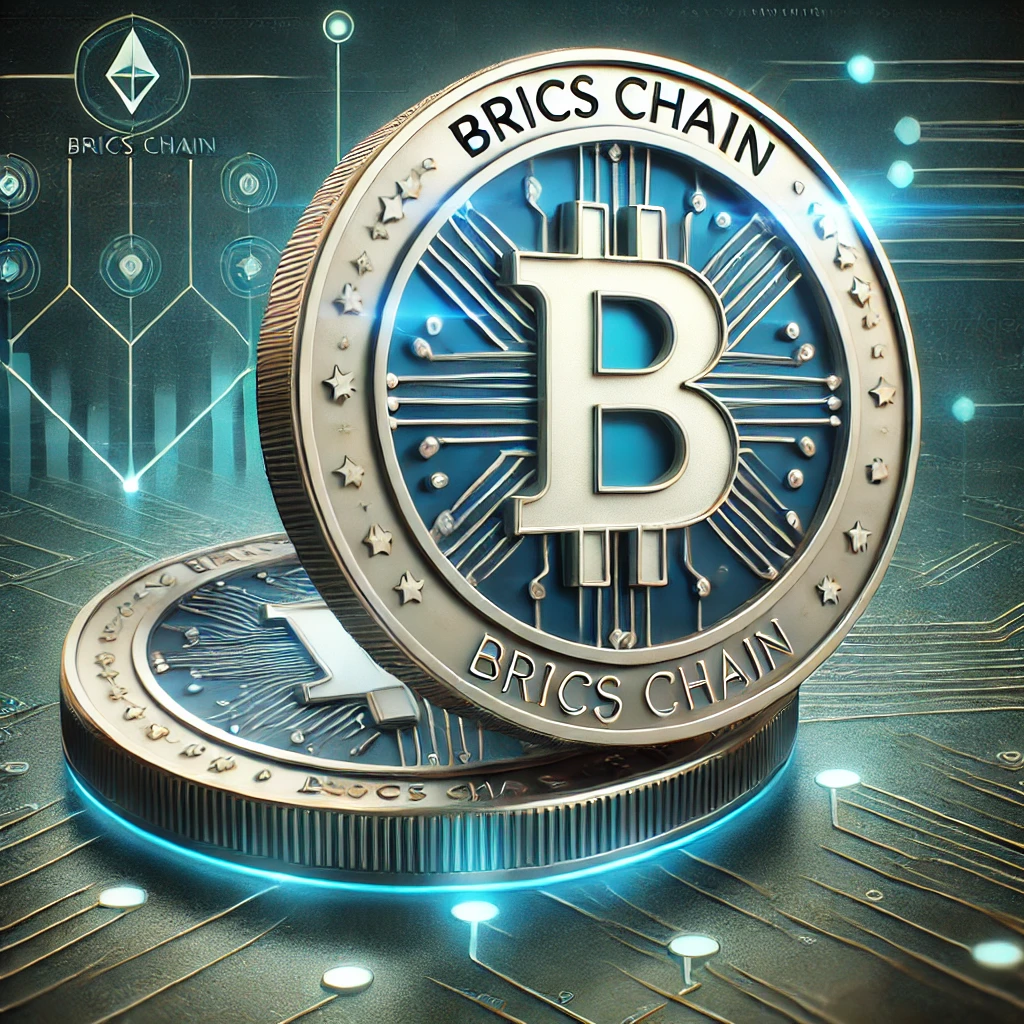Understanding BRICS Pay and Its Global Impact on Finance
In an ever-evolving global economy, financial collaboration and innovation are paramount. One such development that has been gaining traction is BRICS Pay, a collaborative digital payment system initiated by the BRICS nations—Brazil, Russia, India, China, and South Africa. These countries, representing a significant portion of the world’s population and GDP, are taking steps to create a unified payment system that could reshape the global financial landscape. In this blog post, we delve into what BRICS Pay is and why it matters on the global stage.
What is BRICS Pay?
BRICS Pay is a payment initiative designed to facilitate easier and more efficient transactions among member countries. The system aims to bypass traditional financial infrastructures dominated by Western-controlled channels, promoting self-reliance and economic independence. This scheme envisions a digital currency that could be used for transactions within the BRICS nations, reducing reliance on the U.S. dollar and other major players in international trade.
The Vision Behind BRICS Pay
- Unified Payment Platform: The development of a unified payment platform supports financial transactions across borders with reduced fees and delays.
- Economic Sovereignty: By enabling their own payment system, BRICS nations can enhance their economic sovereignty and reduce dependence on external financial systems.
- Strengthening Economic Ties: The initiative aims to strengthen economic relationships between BRICS countries, fostering growth through mutual trade benefits.
How BRICS Pay Works
The BRICS Pay system revolves around a digital currency platform that allows users to transact seamlessly across member countries. This currency would be used to settle transactions, potentially as a complement to or replacement for existing national currencies in certain contexts. The payment system enables the use of mobile apps and digital wallets to transfer funds, making transactions more accessible and inclusive.
The core technologies behind BRICS Pay include blockchain and other decentralized technologies, ensuring transparency, security, and efficiency in all transactions.
The Global Impact of BRICS Pay
The implications of BRICS Pay on the global financial system are profound:
- De-dollarization: By creating an independent financial system, BRICS Pay could reduce the dominance of the U.S. dollar in international trade.
- Market Diversification: It allows member countries to diversify their currency reserves and trade practices, potentially leading to more stable economies.
- Increased Financial Inclusion: By promoting digital payment solutions, BRICS Pay can contribute to greater financial inclusion across member nations.
Challenges and Considerations
- Regulatory Hurdles: Each BRICS nation has its own financial regulations, which could complicate the unification process.
- Technology Integration: Ensuring seamless integration of digital payment infrastructures across different national systems is complex.
- Political Dynamics: Diverging geopolitical interests among the BRICS members could impact the initiative’s progress.
The Road Ahead
As the world continues to grapple with economic uncertainties and shifts in financial power, initiatives like BRICS Pay represent new paradigms in international finance. The success of BRICS Pay could encourage other groups of nations to develop similar systems, leading to a more decentralized and multipolar global finance structure.
Ultimately, while the adoption of BRICS Pay will depend on overcoming technological, regulatory, and political challenges, its potential impact could be significant. If effectively implemented, it could challenge existing financial hierarchies and offer a refreshing perspective on international economic collaboration.
For the latest updates and analyses on financial innovations like BRICS Pay, stay tuned with us for more insightful discussions and deep dives into our interconnected world of finance.



